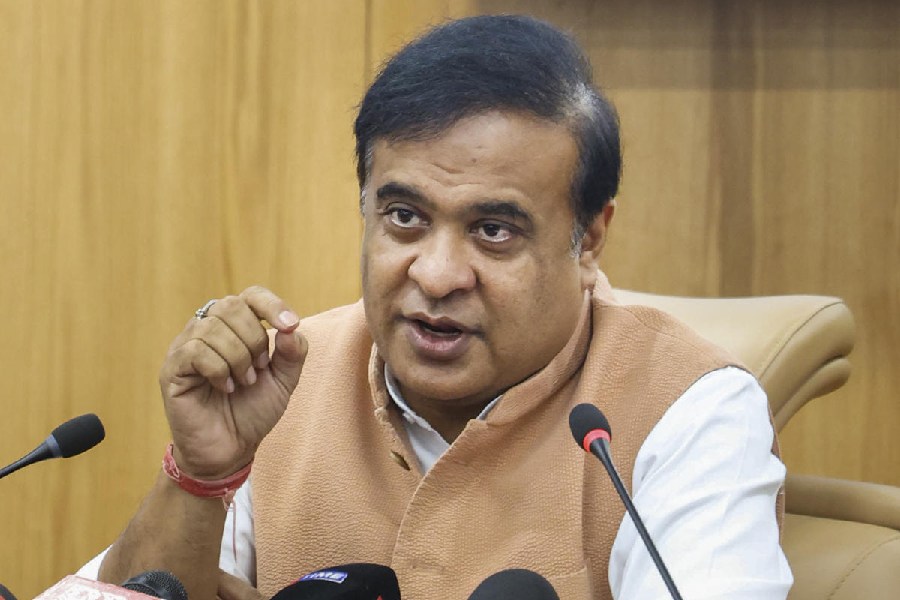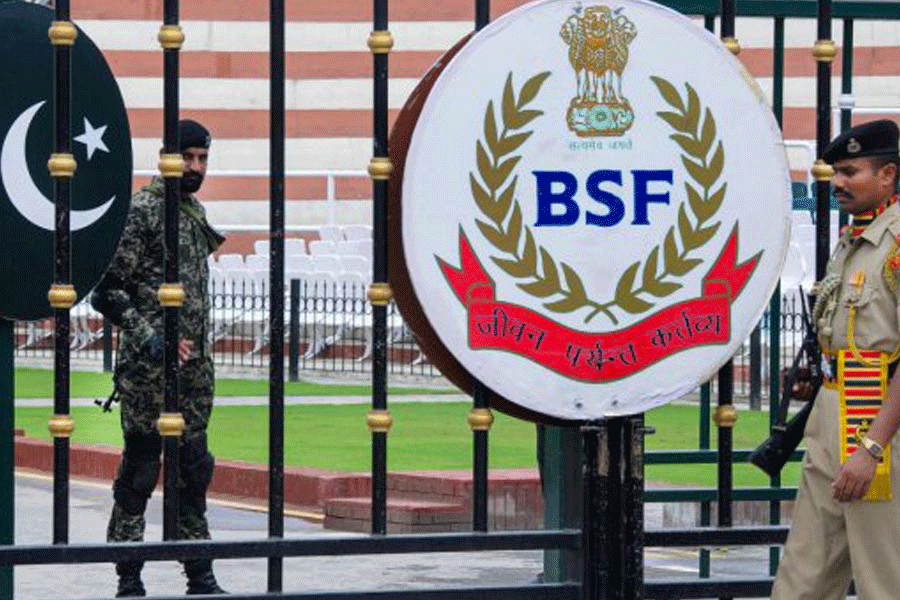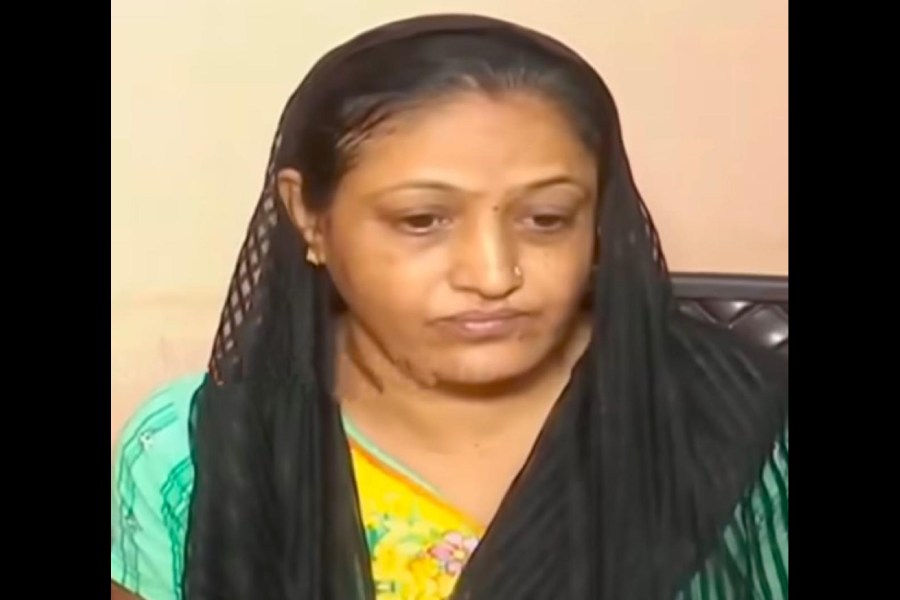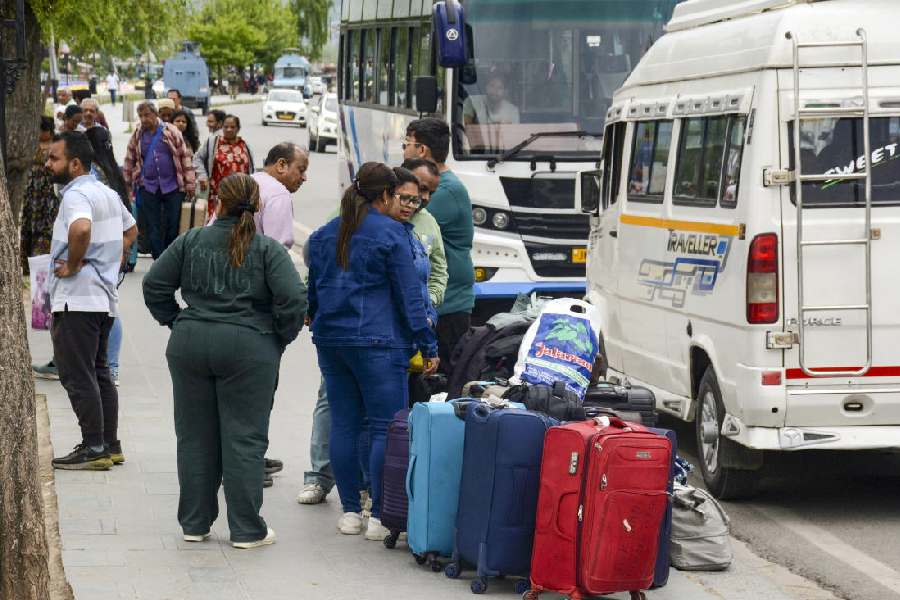
Ranchi/Dhanbad, Jan. 7: A circular issued last year by the national watchdog on mines safety to PSUs and private companies operating in the Ranchi region asking for contingency plans for emergencies went largely ignored, the cavalier attitude not surprising in Jharkhand where the inability of authorities to crackdown on safety violations led to the recent cave-in at Lalmatia killing 18 workers.
The Godda tragedy - still unfurling as many more are feared trapped, and probably dead, in the debris - has now prompted the Ranchi office of the Director General of Mines Safety (DGMS) to follow up on its April 2, 2016, circular to as many as 66 companies, asking them for hazard profiles of their mining operations.
"None of the companies, be it PSUs or private, responded to our 2016 circular on submitting safety and emergency management plans. But, following the Godda incident, we are trying to reinforce it with renewed vigour," DGMS deputy director in Ranchi A. K. Sinha told The Telegraph.
Sinha said his office would soon start issuing fresh letters to all companies under his jurisdiction (Ranchi).
The efforts initiated by the south eastern zonal office of DGMS was in sync with the national watchdog's overall efforts to begin a fresh review of mining operations across the country in the wake of the Lalmatia cave-in that has exposed shocking levels of negligence.
Rahul Guha, the DGMS director-general, said that vulnerable mines would be identified first by "visible verification" and later through "detailed analysis" by officials at the level of deputy director-general after first-hand reports from frontline inspectors.
Guha said there were 550 mines in the country, spread over seven zones. Of the 550, 418 are owned by Coal India (CIL). Jharkhand has 213 mines spread over two zones, namely, central zone, Dhanbad, and south eastern zone, Ranchi (see chart).
In the Ranchi zone, sources said, there are 66 mines with CCL (Central Coalfields) accounting for 45 coal mines, Tata Steel two and NTPC and Jharkhand State Mineral Development Corporation (JSMDC) one each. Additionally, there are 14 bauxite mines and three limestone mines of SAIL and other firms.
Several mines in Ramgarh, Hazaribagh, Palamau, Latehar and Lohardaga districts also come under the ambit of the Ranchi zone.
In the central zone, Dhanbad, there are 65 mines in all. "Out of 65, 33 mines are under surveillance," said deputy director general of DGMS central zone Sanjivan Roy.
Sinha explained the rationale behind the circulars and what they were looking for from each mining company.
"Each company has to identify possible risks at their sites across parameters like landscape, electrical, mechanical, etc. They should tell us how they plan to address them, give us a timeline, and tell us who is accountable," he said, adding that DGMS guidelines were very exhaustive.
Sinha said they expected the mining firms to disclose details. "Rather than telling them what to do, we are asking each one to tell us good and bad things about each of their mines. For, those who are involved in the operation of a particular mine know about risks better than anyone else. All we need is sincerity and seriousness," he said.
On Union coal minister Piyush Goyal's directive to conduct a safety audit of 58 mines across the country, DGMS director-general Guha said they were yet to be notified formally, but maintained that DGMS conducted safety audits regularly.
"We regularly assess the safety situation of mines through ground visits by over 100 frontline inspectors," he told The Telegraph.
Besides, risk assessment of mines was also mandatory with three primary objectives: probability of underground accidents, exposure of workers to accidents and/or danger and consequences of probable incidents, he explained.
"Our job is not to stand everywhere and tell every mine owner that don't do this or don't do that. Our job is to set safety standards, make mine operators and workers aware of them by organising workshops and seminars," Guha said.










